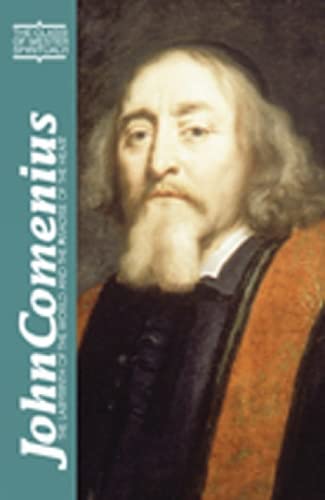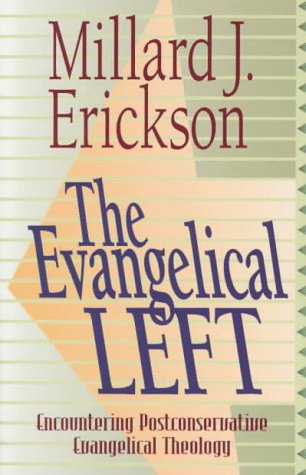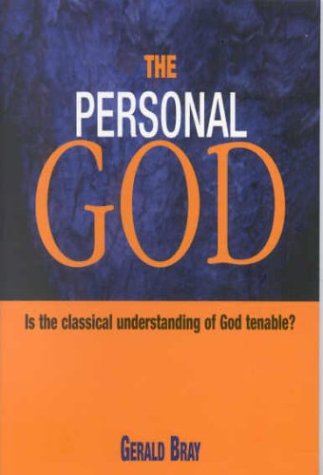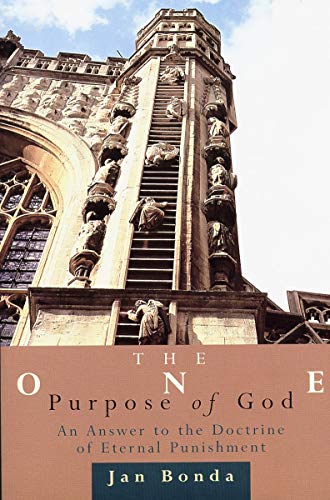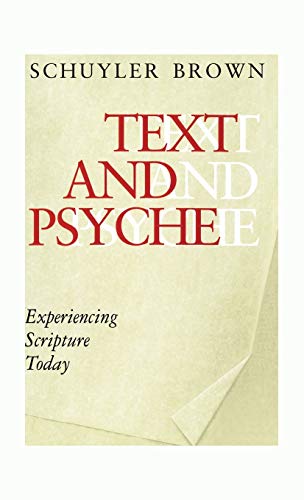Order Amid Chaos: Jeremiah as Symbolic Tapestry (The Biblical Seminary 57)
Written by Louis Stulman Reviewed By Gordon McConvilleThis book argues that Jeremiah has a coherent theological purpose. Unlike much critical scholarship, Stulman sees the prose sermons of Jeremiah (on which he has written a more technical monograph) not as inferior and secondary to the poetic oracles, but as the key to the book’s organisation and thus its message. The specific thesis is that Jeremiah consists of two scrolls (cf. Jer. 36), namely chapters 1–25 and chapters 26–52. In each case the poetic sections, which bespeak a ‘wild and undomesticated God’ (53, 187), are framed by prose, imposing theological order on the book. Thus Judah’s experience of chaos in the Babylonian invasions and their consequences is expressed in the poetry, and her theologising about her future with God is contained in the prose.
The first scroll (1–25) is dominated by judgement on Judah’s corrupt institutions. It ‘aims at dismantling the state religion’s major symbol system and domain assumptions’ (53). This aim is traced systematically through successive sections, which target in turn temple, covenant, land, election, and Davidic dynasty. Jeremiah’s own suffering at the hands of members of his own community expresses both Yahweh’s pain and theirs, as they begin to face the anguish of his rejection of them.
The second scroll (26–52) expresses hope for a future beyond the collapse of traditional Judah. Jeremiah’s own role in his relations with members of the hierarchy of Judah (especially in ch. 26) begins to demonstrate the different nature of the renewed community, incorporating an element of suffering which Jeremiah himself embodies. There is a further challenge to old ways of thinking in that ‘insiders’ become ‘outsiders’, that is, members of the ‘elect’ community have been responsible for its rejection by God, while ‘outsiders’ (Babylon) become the means of its salvation.
All of this is well enough said, if not quite new. Stulman captures well some of the movements within the book. One movement is plainly chronological, as a history unfolds from Josiah’s reform to the community’s scattering by Babylon. More interestingly, there is a movement from ‘orality’ to writing, that is, from the prophet urging the people to repent, to the written word whose ‘hearers’ are readers. This shift, articulated within the discourse (ch. 36 again), alters the notion of audience, and helps determine the meaning of the book.
The book is least satisfactory in its vision of the new community, which the author calls a ‘Judaism of Redemption’. This vision features continuity with the past yet ‘modernisation’, adapting to new diverse circumstances. It has four elements: (i) a critique of monarchical institutions; (ii) a new egalitarianism; (iii) a recasting of religious values, with idolatry including the straitjacketing of God and community suffering as a witness to divine rule; (iv) Scripture as a new unifying symbol for the dispersed communities (180–84).
This makes Jeremiah too much a programme for Torah-Judaism. Certainly Stulman correctly highlights the critique of Judah’s institutions, and his redefinition of idolatry is apposite. It is also true that Scripture becomes a new standard for the community. However, ‘egalitarianism’ does not do justice to all the data, especially in Jeremiah 30–33 (this aspect is truer for Deuteronomy). Images of restored king and priests are regarded as untypical, dim voices that still privilege certain groupings in community life (180–81). In fact, far too little weight is put on the promise of restoration. The lineaments of Jeremiah 30–33 are almost ignored, as is the force of the highly political Oracles against the Nations. There is little too on the election of Israel, and the exilic literature’s development of the way it can witness to the nations. The conclusion focuses almost entirely on the problem of suffering, at the expense of the concept of God’s rule in the world, though this is where the vision of Jeremiah begins and ends (as the author initially pointed out). Jeremiah faces the chaos and does not entirely resolve it. God remains wild and untameable, the book’s powerful achievement (though the meaning of this repeated idea is never quite clear). This is no doubt helpful enough as an encouragement to confront ‘chaos’ in experience and maintain faith. But it seems to foreclose the possibility of New Covenant being a new beginning to the story of God’s rule in the world, a rule that issues in time in the kingdom of the Messiah.
Gordon McConville
Cheltenham and Gloucester College of Higher Education



